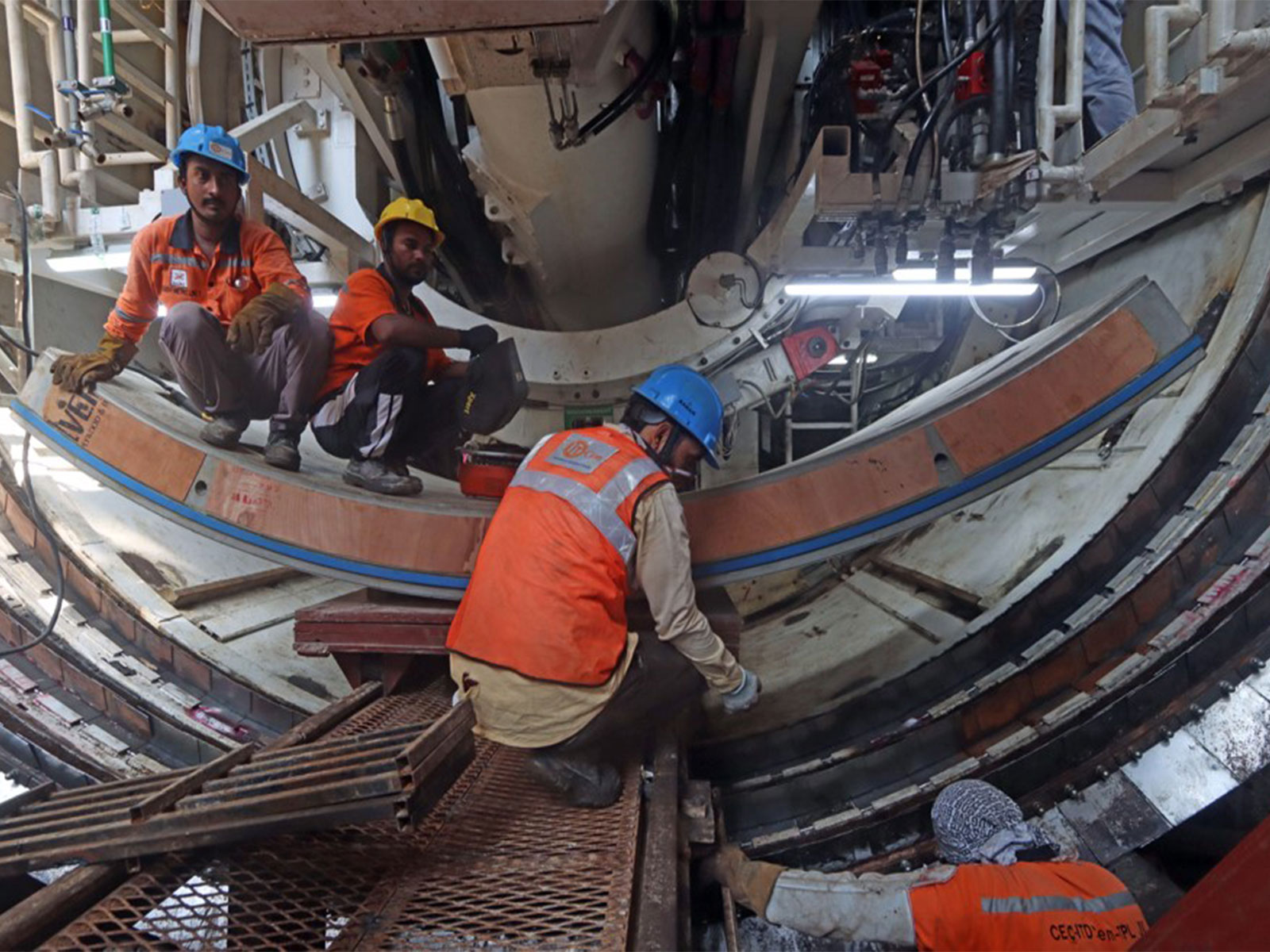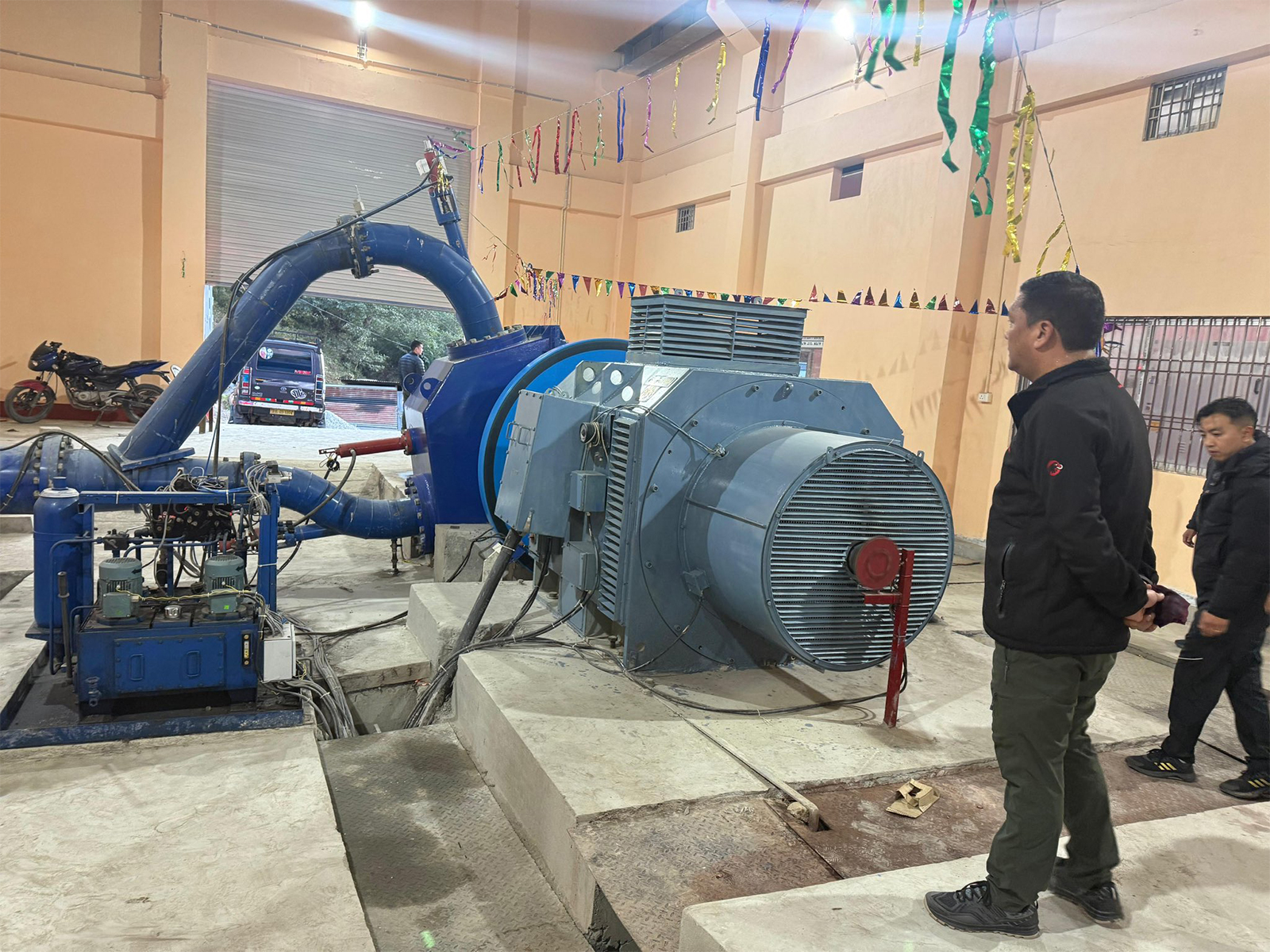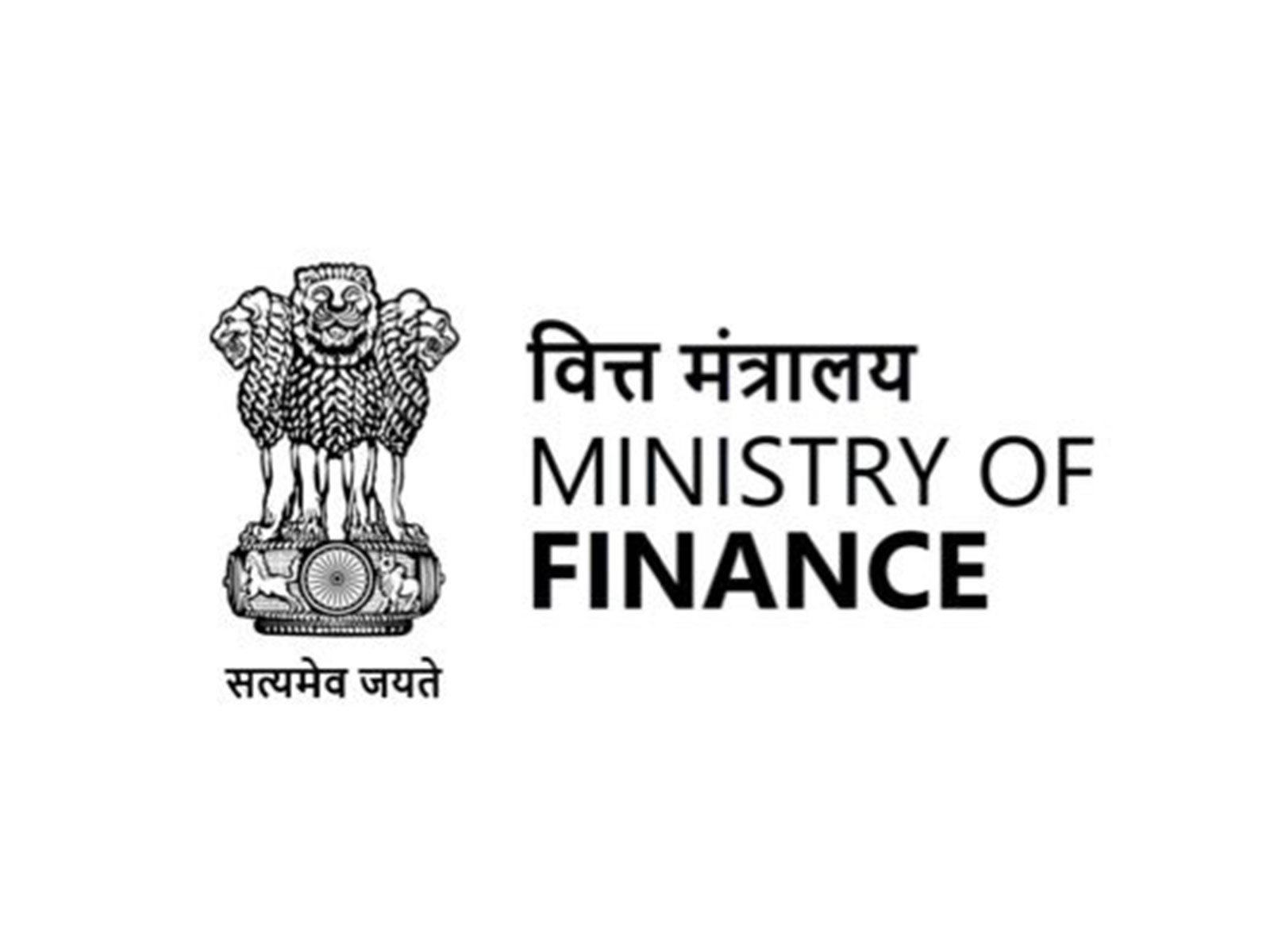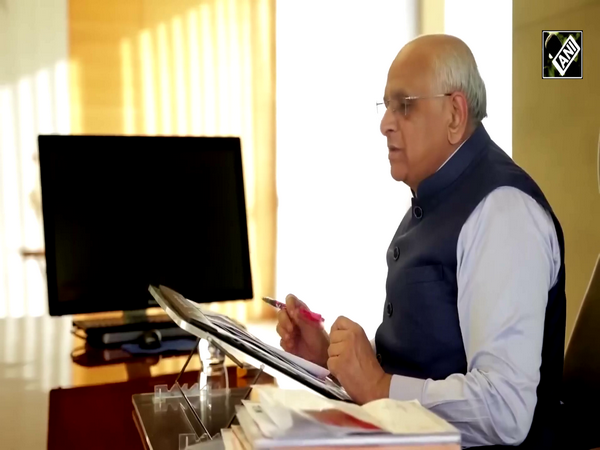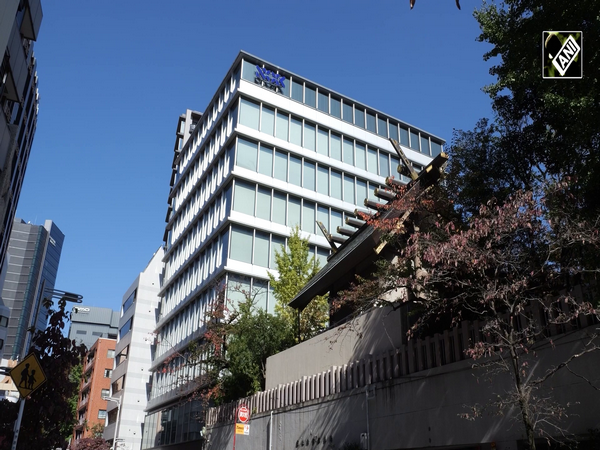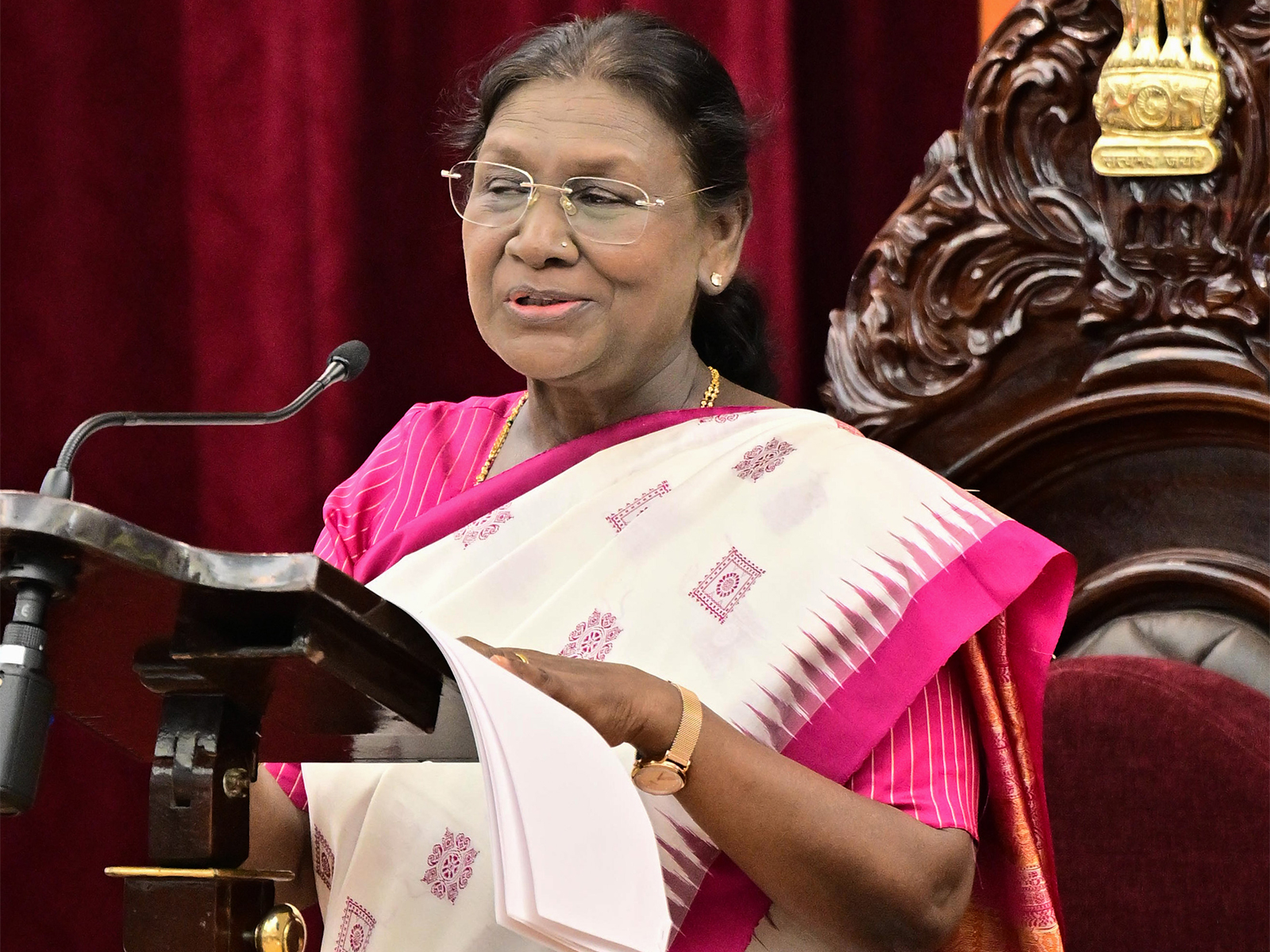
Growth in advanced or ageing economies to be driven by GenAI, India must skill its Youth: Report
Nov 28, 2025
New Delhi [India], November 28 : Global growth patterns are set to undergo a significant shift as countries experience different demographic transitions, according to a report by Ernst & Young.
While several economies continue to benefit from a young and expanding labour force, a large group of advanced economies (AEs) and other nations (latter group) are projected to see their populations age and shrink as a share of the global total.
This demographic divide is expected to reshape how growth is generated across the world.
In countries with ageing populations, growth is likely to be increasingly driven by advanced and new technologies such as Artificial Intelligence (AI) and Generative AI (GenAI).
The report stated "Growth in the latter group of countries is likely to be led by advanced and new technologies, including AI and GenAI".
These economies are expected to rely more heavily on technology-led productivity improvements as their labour force contracts. With capital expected to be abundant but labour becoming scarce, technology adoption will become central to sustaining output levels and meeting economic demands.
On the other hand, countries with younger and larger populations are projected to remain labour-abundant. However, both sets of countries could face challenges arising from the labour-saving nature of new technologies.
The report stated as AI and GenAI reduce dependence on human labour, unemployment concerns may become more widespread. Technology-led economies may require a highly trained workforce, but their ageing populations may not fully meet these requirements.
Meanwhile, labour-abundant countries will need to enhance the skills and education levels of their workforce to effectively adopt, integrate or absorb new technologies developed domestically or imported from overseas.
Going forward, the report highlighted that India is expected to remain a labour-abundant economy with a relatively young population at a time when the global economic structure is shifting towards labour-saving advanced technologies.
For India, the development of human resources, through education, skilling and training, will be central to leveraging this opportunity.
The report highlighted that a robust employment augmentation strategy, combined with maintaining a real investment rate of 35 per cent of GDP or above, will be essential to sustain growth momentum.
Rapid technology adoption and productive economic integration with high-income, labour-scarce countries will also be critical elements of India's long-term growth strategy.
These factors together can support India's ambition of transitioning to developed-country status over the next two to two-and-a-half decades, the assessment notes.
